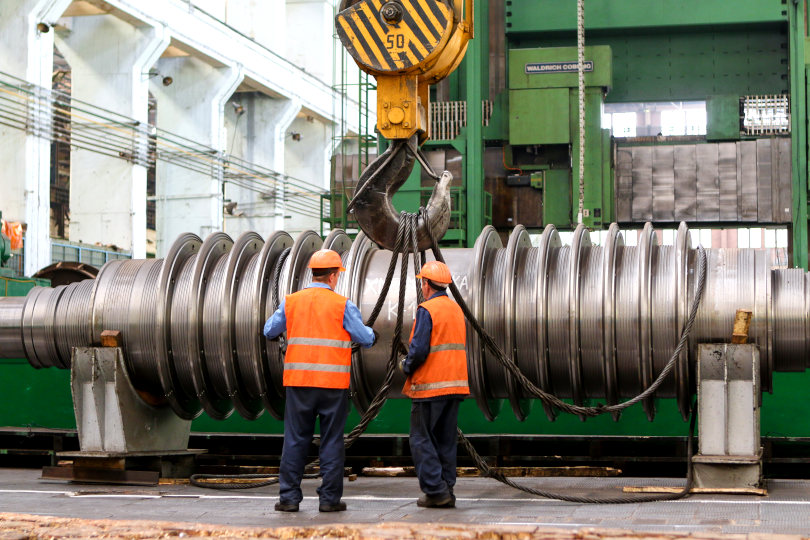Most plant operators today perform various duties and tackle many challenges. If not handled right, these challenges could lead to disasters, such as downtimes, production losses, and higher operational costs. So, it would help if you kept the operations smooth as a SAP plant manager or operator by mitigating the risks involved.
For this, you can use SAP Plant Maintenance (PM,) explicitly designed to handle the challenges of modern plants and help operators manage things efficiently, leading to better optimization.

Here, you will learn about the core components of SAP PM, its benefits, and operations.
What is SAP Plant Maintenance?
You can integrate the core components of SAP Plant Maintenance to other modules, including Material Management (MM), Quality Management (QM), Production Planning, Sales and Distribution, Finance, Controlling, and HR (Human Resources).
SAP PM allows you to automate the tasks involved in these processes, including maintenance and repairs. Besides this, it also lets you manage assets by documenting, identifying, and handling issues with them. For these tasks, you can use the following three modules to plan maintenance tasks and manage technical objects, equipment, workflow notifications, and orders.
Moreover, you can also integrate SAP PM with other modules. The data is always up to date and helps trigger functions in the processes as required. Besides this, you can record problems, plan labor and material procurement activities, and settle costs.
Why Do You Need SAP Plant Maintenance?
Every plant operator must ensure that all the processes and components function smoothly to reduce downtimes and operational costs. So, to manage the plant successfully, you will need a stringent regime that is efficient and optimizes plant equipment effectively. SAP Plant Maintenance helps in this by:
1. Identifying Conditions
You can preschedule the inspection process so that SAP PM can establish the equipment’s current condition.
2. Restoring Functions to Optimal State
After inspecting the condition of plant equipment, you can schedule SAP PM to perform repairs as required to restore functioning to an optimal state. The optimal state, in this case, would be to carry on without any interruptions.
3. Maintaining Current Conditions
You can also schedule SAP PM for regular plant maintenance to minimize breakdowns. In this process, SAP Plant Maintenance locates possible weak spots in the equipment and regularly inspects them, performing minor repairs, if required.
Objectives of SAP Plant Maintenance
SAP PM ensures that all the equipment in the plant functions smoothly, without any interruptions. Also, by offering continual support, Plant Maintenance makes sure that all systems are always up and running, thus, minimizing disruption in the production process.
The cost incurred due to breakdowns can be significantly high. However, SAP Plant Maintenance ensures no such breakdowns occur and helps prevent productivity losses.

Benefits of SAP Plant Maintenance
SAP PM is helpful for specific users, including Maintenance and Operational Managers, Maintenance Staff and Technicians, Production Line Workers, and Purchase Departments.
1. Maintenance and Operational Managers
SAP PM helps Maintenance and Operational Managers get the information they need regarding equipment performance and maintenance requests. The modules can help simplify the entire maintenance process and the decisions concerning reporting work plans, work in progress, and work completed. Moreover, the management can also benefit from Plant Maintenance. They can use them to plan the budget required for equipment maintenance, including replacement, recording maintenance history data, and the relative costs involved in these processes.
2. Maintenance Staff and Technicians
SAP PM can help Maintenance Staff and Technicians smoothen the processes, making them more efficient.
3. Production Line Workers
Production Line Workers can use SAP PM to manage maintenance problems and improve the overall efficiency of production processes.
4. Purchase Department
SAP PM helps purchase departments buy the equipment required, including spare parts, to help ramp up the production process.
Final Thoughts
All businesses have production processes, and they will need to implement stringent measures to ensure that the plant functions smoothly. SAP PM helps with this by providing a comprehensive solution to manage the production and maintenance processes by mitigating the risks involved.
Moreover, integrating SAP PM with other modules helps such as Materials Management, Quality Management, Sales and Distribution, Finance, Control, and Human Resources, can help achieve maximum overall efficiency.







